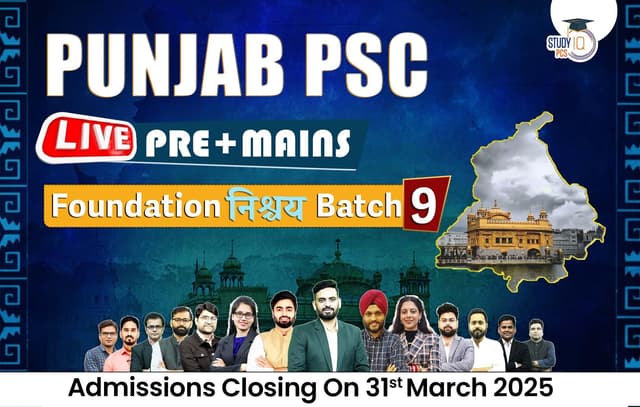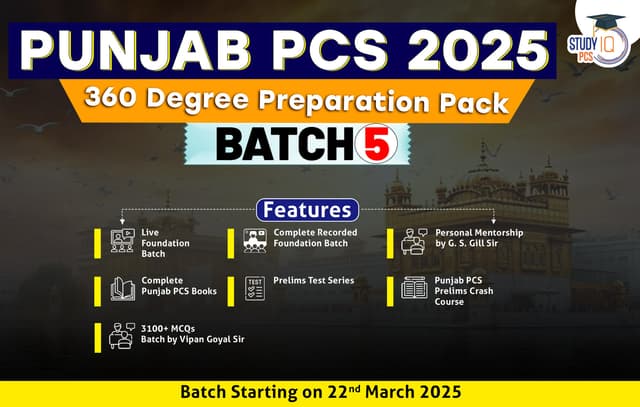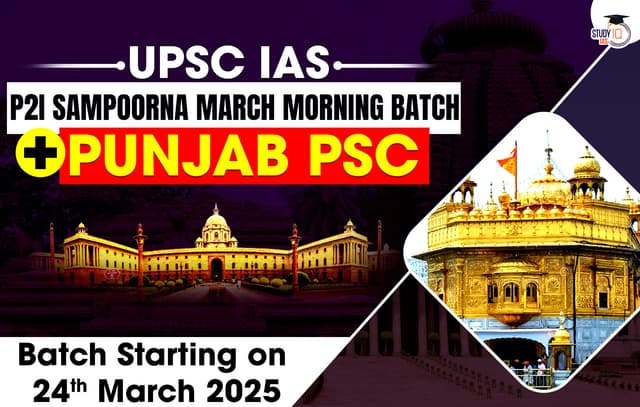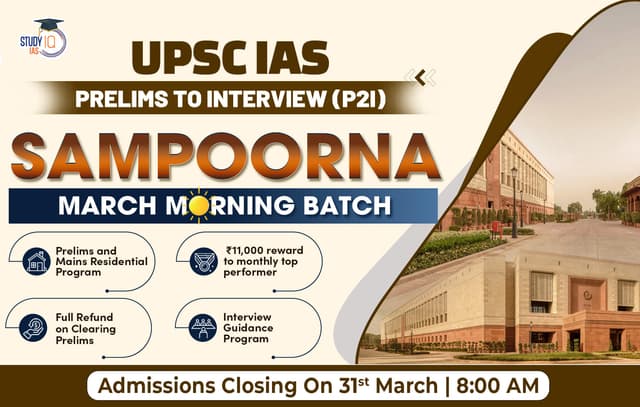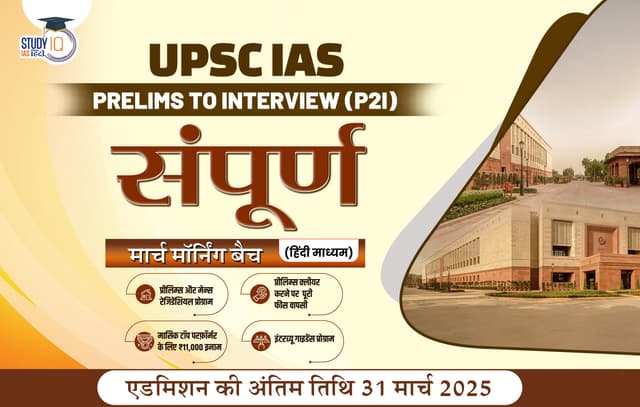Table of Contents
The Art and Crafts of Punjab are deeply rooted in the region’s rich cultural traditions and are recognized globally for their craftsmanship and creativity. These crafts are often passed down through generations, particularly among the women of rural Punjab. Some of the notable art forms and crafts of Punjab include:
Chowk-Poorana (Mud-Works)
This is the traditional art of painting mud walls, a practice rooted in ancient Punjab. Women in rural areas decorate the walls of their homes with motifs such as ferns, plants, and various designs, especially during festivals like Navratri, Karva-Chauth, Diwali, and Hoi. It showcases the ability to turn simple materials like mud into beautiful artwork.
Weaving and Embroidery (Needle Work)
Weaving and embroidery are vital aspects of Punjab’s handicraft culture, often associated with different stages of life and special occasions. Women, especially in rural areas, are skilled at creating items such as Durries (cotton floor spreads), Phulkari (embroidered fabric), Rumals (handkerchiefs), and other garments like dupattas, salwars, and shirts.
Durries
Durries are made by weaving cotton threads into floor or bedspreads, often featuring designs like stripes, squares, checks, birds, animals, and plants. Key centers for durry production include Nakodar, Jalandhar, Hoshiarpur, Tarn Taran, and Anandpur Sahib.
Phulkari
Phulkari is one of the most vibrant and iconic crafts of Punjab. It involves intricate embroidery on Khaddar (coarse cotton cloth) and is characterized by colorful patterns that often depict birds, animals, flowers, and village life scenes. Traditionally used for apparel, phulkari has evolved into being used as wall hangings, jackets, and other decorative items. Some famous types of Phulkari include:
- Chop: A large Phulkari given as a wedding gift by the bride’s mother, embroidered with golden yellow thread on fine red silk Khaddar.
- Subhar: A red cloth worn by the bride on her head during weddings, with embroidery in corners and the center.
- Sallu: A dark red Phulkari worn for daily use.
- Til-Patra: A simpler Phulkari, typically given as a gift to servants during marriage.
- Bagh: A ceremonial Phulkari, where the entire cloth is covered in embroidery, creating a “garden” effect. Patiala is especially known for this type.
- Ghungat Bagh: A type of Phulkari from Rawalpindi (Pakistan), characterized by triangular embroidery on the head area.
- Chhammas: Phulkari featuring inlaid glasswork, prevalent in southeastern Punjab (especially Rohtak, Gurgaon, and Hisar) and popular in Ferozepur.
These crafts, especially Phulkari, are an integral part of Punjabi heritage and continue to inspire both traditional and modern design applications.
Wood Works
Woodworking is a highly regarded traditional craft in Punjab. Skilled carpenters create a range of products, including decorative wooden cots, beds with mirrors, and lacquerware. One of the prominent items is Peedhi, a small wooden stool with intricate designs, measuring 6–10 inches in height. These peedhis serve both as functional seating and decorative pieces. Key regions for woodcraft include Kartarpur, Jalandhar, and Hoshiarpur.
Basketry
Basketry in Punjab is primarily practiced by women, using thin straws of grass to weave items like mats, rugs, carpets, and hand fans. Notable types of baskets and fans include Peshawari Pakkhe (hand fans) and Kundaldar Pakkhi (smaller fans with delicate ends). This craft has evolved, and today, some basketry items are also used as decorative showpieces.
Folk Toys
The folk toys of Punjab, which have their roots in the Indus Valley Civilization, are unique creations that reflect the artistic skills and imagination of the people. These toys, often depicting animals, equestrian figures, and wheeled vehicles, were once popular playthings but are now appreciated as decorative pieces. In rural areas, dolls and animals are still crafted using cloth and cotton, embellished with beads, buttons, and feathers. The tradition of clay toys also continues, though their popularity is declining.
Dolls
Punjab is known for making vibrant and beautifully crafted dolls, especially representing Punjabi brides and bhangra dancers. These dolls are made in various sizes and are sought after by tourists. Chandigarh has become one of the prominent centers for doll making.
Jutti
The Punjabi Jutti is an iconic footwear that blends beauty and utility. Made from leather and decorated with rich gold and multi-colored threads, juttis are traditionally worn by men and women. Muktsar and Patiala are the best-known places for buying juttis, with Muktsar being home to families specializing in two varieties: Khoar and Kasuri.
Metal Works
Metal works, particularly brass and copper utensils, are another well-known craft of Punjab. The Thatheras of Jandiala Guru are experts in hammering brass and copper to create utensils, including Katori (small bowl), Patila (large pot), and more. This craft is unique to India and was included in the UNESCO Intangible Cultural Heritage list in 2014.
Parrandas/Parandis
The Paranda, a traditional accessory worn by women in Punjab, consists of long, colorful tassels braided into hair. This adornment has seen a resurgence and is now popular globally. The parandas are often wrapped with gold ribbons for added visibility and are worn during cultural events like Giddha. Villages in Jalandhar, Amritsar, Nakodar, Hoshiarpur, and Ludhiana are known for crafting these beautiful accessories.
Miscellaneous Crafts
Other traditional crafts include Paper Mache items, which are used to store household necessities and are decorated with colorful designs. Additionally, Sarkanda, a tough grass, is used to create roofs and woven products like carpets and curtains. Chhaj, a device for separating grain, is also made from Sarkanda.
These crafts, which span a wide variety of materials and techniques, continue to be an integral part of Punjab’s cultural identity and have gained recognition worldwide for their uniqueness and artistic appeal.
Punjab PCS Important Links
| Punjab PCS Important Links | ||
| Punjab PCS Notification | Punjab PCS Apply Online | Punjab PCS Syllabus |
| PPSC Eligibility Criteria | PPSC PYQ | Punjab PCS Notes |

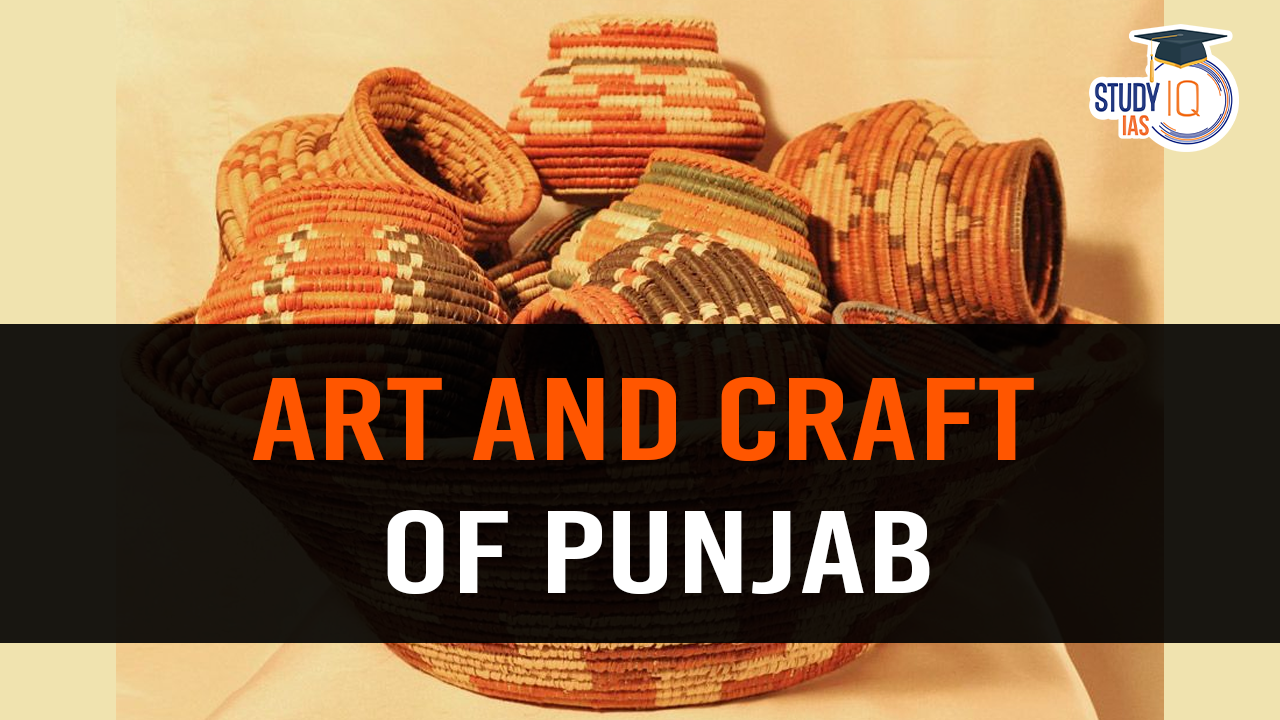
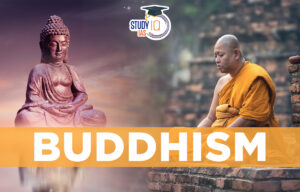 Buddhism History, Origin, Sect, Councils...
Buddhism History, Origin, Sect, Councils...
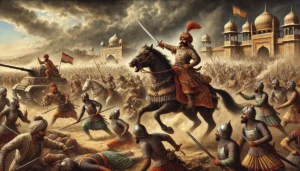 Rana Sanga: The Fearless Rajput King and...
Rana Sanga: The Fearless Rajput King and...
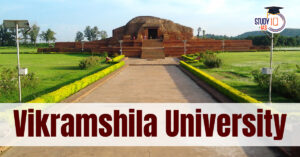 Vikramshila University Revival, Location...
Vikramshila University Revival, Location...
